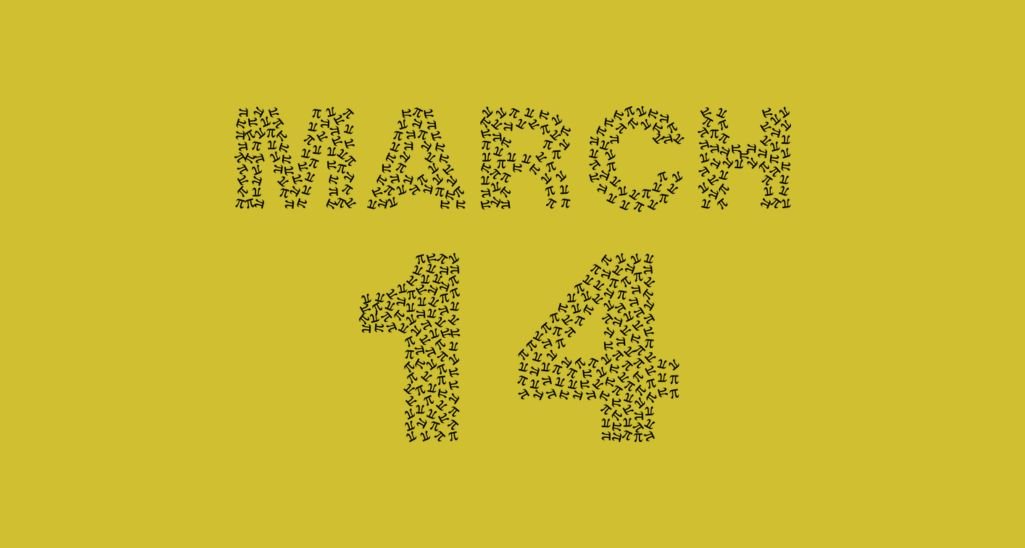A Deep Dive into the Celebrations, History, and Impact of a Mathematical Constant
Pi Day, a global day of recognition for the mathematical constant pi, is celebrated annually on March 14th.
This article unravels the mysteries of this unique number and delves into the cultural phenomena, history, and practical applications of pi.
What is Pi Day?
Pi Day is a global celebration of the mathematical constant pi, recognised on the 14th of March every year.
The date was chosen as 3.14 (MM/DD format), which aligns with the first three digits of pi.
This day is a remarkable opportunity for mathematicians, scientists, students, and anyone with a fascination for numbers to appreciate the beauty and complexity of mathematics.

The Mathematical Constant: Unveiling Pi
Pi, represented by the Greek letter π, is a mathematical constant that defines the ratio of a circle’s circumference to its diameter.
Regardless of the circle’s size, this ratio remains the same, making pi a universal number.
Pi is an irrational number, meaning it cannot be expressed as a simple fraction, and its decimal representation is infinite and non-repeating.
While it is often approximated as 3.14, the sequence of numbers after the decimal point extends infinitely, with no discernible pattern.
The current world record for memorising the most digits of pi stands at an astounding 70,000 digits.
The Annual Recognition: Pi Day Celebrations
Pi Day is celebrated in numerous ways around the world, from mathematical discussions and challenges to the more light-hearted inclusion of pies in various forms.
Pies, both of the pizza and dessert variety, are often the centrepiece of Pi Day, playing on the homophonic relationship between the mathematical constant and the delicious dish.

Aside from culinary delights, Pi Day often features competitions to recite as many digits of pi as possible from memory, making for a fun and educational challenge for math enthusiasts.
A Happy Coincidence: Remembering Albert Einstein
Interestingly, Pi Day also coincides with the birth anniversary of the renowned theoretical physicist Albert Einstein.
This happy coincidence has caused some to expand the day’s celebrations to acknowledge Einstein’s significant contributions to science, adding yet another layer of intrigue to March 14.
The Origin Story: Birth of Pi Day
Pi Day was officially recognised in 1988, thanks to Larry Shaw, a physicist at the Exploratorium, a science museum in San Francisco.
The idea was conceived during a retreat to commemorate the third anniversary of the death of Robert Oppenheimer, the museum’s founder.
However, it was not until 2009 when the United States House of Representatives passed a resolution that March 14 was officially designated as National Pi Day, giving the celebration its national recognition.
The Practical Uses: Pi in Real Life
While pi may seem like an abstract concept, it has many practical uses across various fields. From engineering to physics, pi plays a critical role in numerous calculations.
It’s used to calculate the area and volume of any circular or spherical object and allows us to measure the sizes of everything from tiny molecules to massive celestial bodies. It is fundamentally related to gravity.
NASA engineers use pi to build spacecraft and to study newly discovered worlds.
Its universality and consistency make it a vital tool for understanding our world and the universe.
Pi in Binary: A Different Perspective
While pi is irrational in the decimal system, it can be represented in different number systems, such as the binary or base-2 system, often used in computing.
In the binary system, an approximation of pi is 11.0010001. However, it is still irrational as it cannot be expressed as a finite fraction or a recurring decimal.
Pi as a Rational Number: A Hypothetical Scenario
In theory, if we consider base-pi as a number system, pi would be a rational number.
This is a fascinating concept, as it shows the flexibility and adaptability of mathematical systems.
In the base-pi system, pi would simply be represented as 10. Despite its playful nature, this idea illustrates the unending possibilities of mathematics.
Why Do We Celebrate Pi Day?
Pi Day is an opportunity to appreciate the beauty, complexity, and universality of pi.
It’s a day to make mathematics more accessible and engaging, bringing together math enthusiasts and the general public.
Through various activities and challenges, Pi Day shines a light on the importance of mathematics in our daily lives and encourages a love for numbers in people of all ages.
What is the Pi Symbol for Pi Day?
The Greek letter “π” is the symbol used for pi in mathematical equations.
This symbol has become iconic and is widely recognised, even by those outside the mathematical community.
On Pi Day, this symbol takes centre stage, appearing on various items from T-shirts to mugs, further cementing its place in popular culture.
Why is July 22 Also Pi Day?
Some math enthusiasts also recognise July 22 as Pi Approximation Day, as the fraction 22/7 is a common approximation of pi.
While it doesn’t have the same level of recognition as March 14, this alternate Pi Day is another testament to the infinite fascination with this unique number.
What Can You Do to Celebrate Pi Day?
There are countless ways to celebrate Pi Day. From hosting a pie bake-off or a digit reciting competition to delving into the history of pi or exploring its practical applications, there’s something for everyone.
Whether you’re a math enthusiast or simply someone who enjoys a good pie, Pi Day offers a unique blend of learning and fun.
In Conclusion: An Unusual Celebration for an Unusual Number
Pi Day is a unique celebration of a number that has fascinated mathematicians for centuries.
It’s an opportunity to appreciate the beauty of mathematics and its role in our daily lives.
Whether it’s through eating pie, competing in a pi-digit reciting challenge, or diving into the rich history and practical applications of pi, Pi Day is a day to embrace the infinite intrigue of this mathematical constant.
You might also like:


